What is the development trend of new technologies for metal surface treatment?
The development trends of new technologies for metal surface treatment mainly include the following aspects:
Environmental Protection:
Adopting green technology: Traditional phosphating and other processes are gradually being replaced by more environmentally friendly processes due to high energy consumption, heavy pollution, and heavy metal content. Developing a new conversion membrane process that does not contain phosphate and traditional heavy metal ions to meet environmental requirements.
Reduce pollutant emissions: Research and apply low volatile organic compound (VOC) coatings and treatment agents to reduce harmful gas emissions. At the same time, improving treatment processes, increasing resource utilization, and reducing the generation and discharge of wastewater and waste residue.
High performance:
Enhancing corrosion resistance and wear resistance: By developing new coating materials, improving coating structures, or using special processing techniques such as femtosecond laser element doping combined with cyclic low-temperature annealing, the corrosion resistance and wear resistance of metal surfaces can be improved to meet the requirements for use in harsh environments.
Realize multifunctional integration: make the metal surface not only have protective functions, but also integrate multiple functions such as self-cleaning, drag reduction, anti icing, antibacterial, etc. For example, preparing metal surfaces with superhydrophobic properties can simultaneously achieve self-cleaning and anti-corrosion functions.
Precise control and intelligence:
Precise control of processing parameters: With the help of advanced instruments and monitoring technology, precise control of temperature, pressure, time, current density and other parameters during surface treatment is achieved to achieve stable and consistent processing effects, improve the reliability and repeatability of product quality.
Introducing intelligent control systems: utilizing technologies such as artificial intelligence and machine learning to develop intelligent surface treatment equipment and systems. These systems can automatically adjust processing parameters based on preset goals and real-time monitoring data, achieving automated and intelligent production processes, improving production efficiency, and reducing labor costs.
Combining with new materials and equipment:
Adapting to the development of new materials: With the widespread application of new metal materials such as titanium alloys, magnesium alloys, etc. in aerospace, electronics, and other fields, the development of surface treatment technologies suitable for these new materials has become an inevitable trend. For example, based on the characteristics of titanium alloys, more effective processes such as anodizing and PVD coating have been developed to improve their surface properties.
Using new equipment to improve processing efficiency: New processing equipment such as fiber laser cutting machines and intelligent automated production lines are becoming increasingly widely used in metal surface treatment. These devices have higher processing accuracy, efficiency, and flexibility, enabling more complex surface treatment processes and providing strong support for the development of metal surface treatment technology.
Integration and Integration:
Realize the integration of "technology+equipment": Integrate surface treatment technology with corresponding equipment for design and development, so that technology and equipment match each other and achieve the best treatment effect. For example, micro arc oxidation in-situ nano reinforcement technology and complete equipment achieve precise control of the morphology and distribution of the reinforcement phase by adjusting electrical parameters, improving processing efficiency and film performance.
Integrating multiple processing techniques: Integrating different surface treatment processes to form a comprehensive processing flow to meet complex product requirements. For example, chemical plating is first applied as a base layer, followed by subsequent treatments such as electroplating or spraying, fully utilizing the advantages of various processes to obtain surface coatings with better performance.
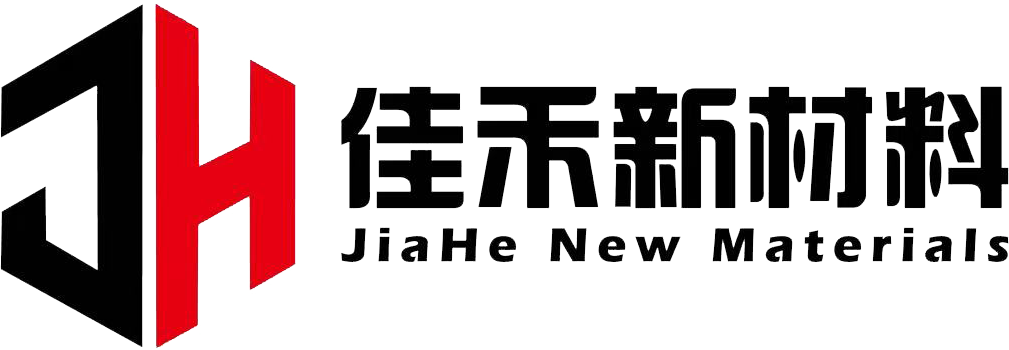


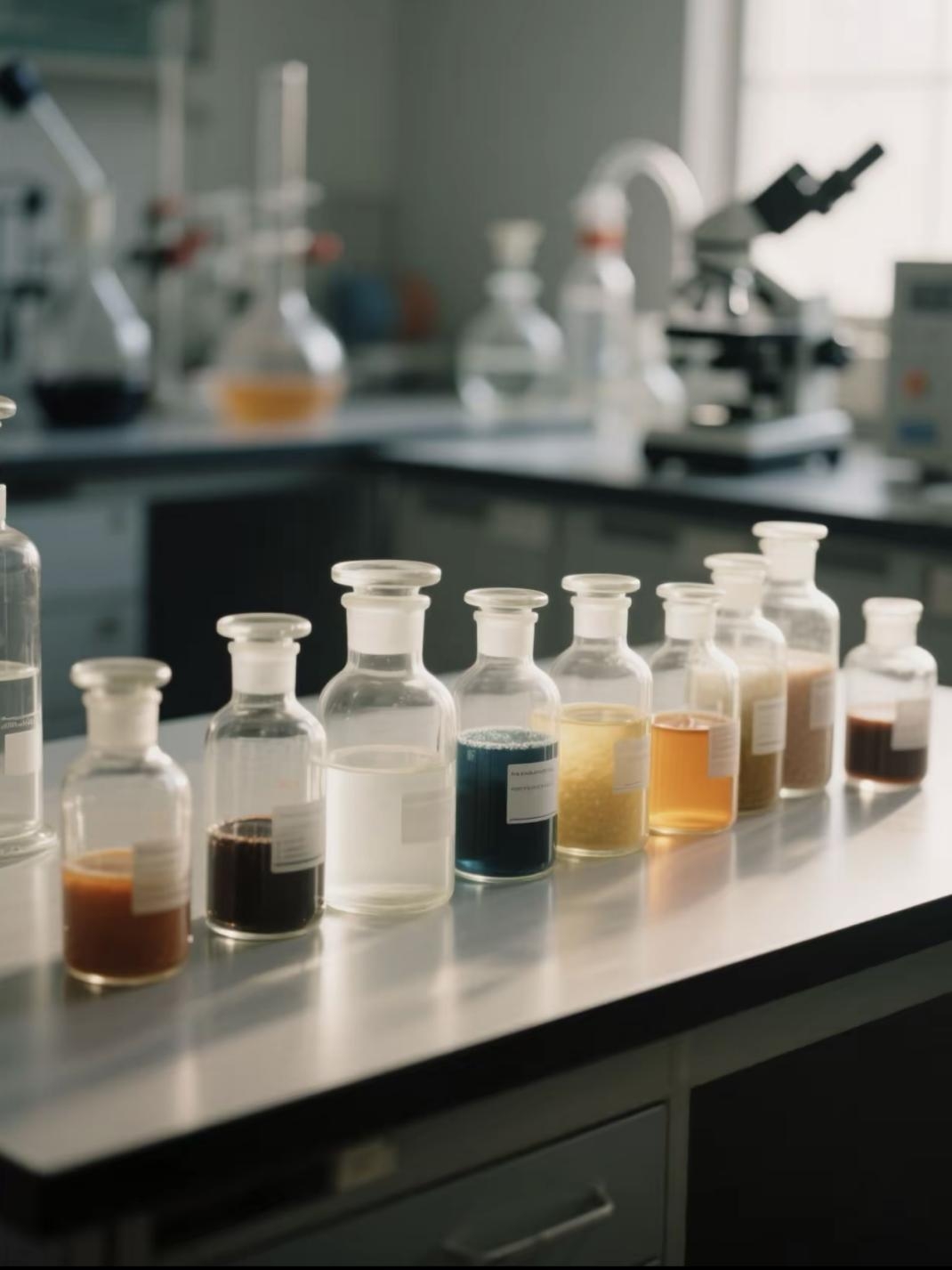
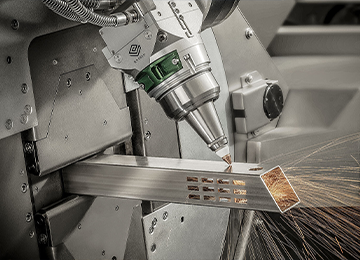

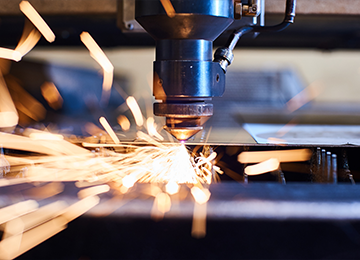
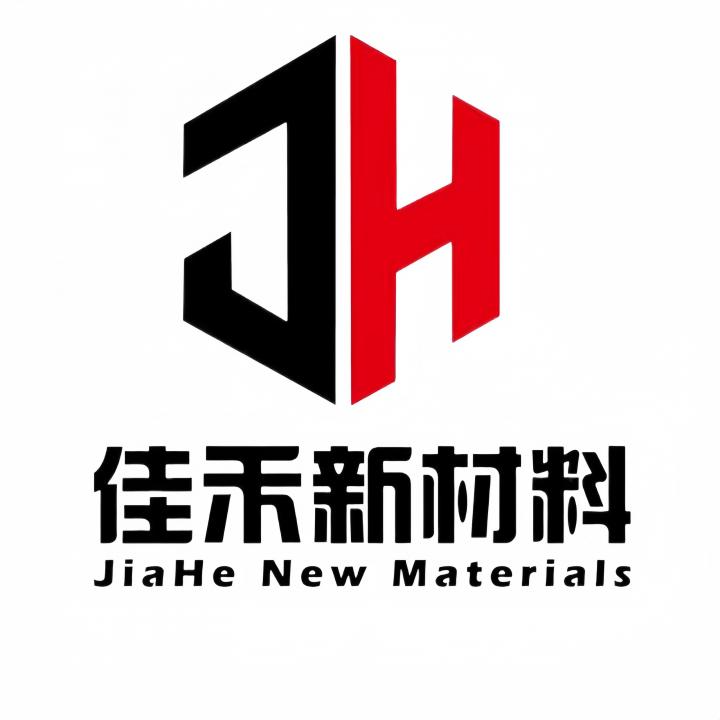




First, please LoginComment after ~